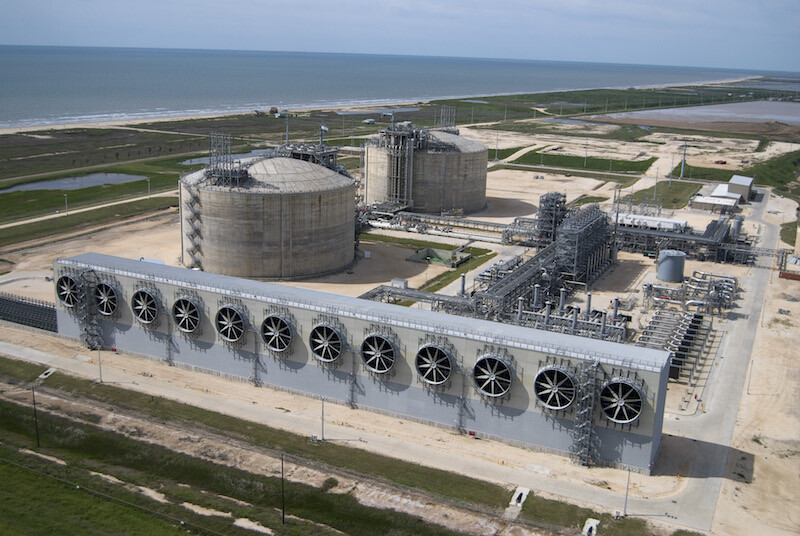European gas prices remain high as flows from Russia through the Nord Stream pipeline stay at 20%, while Norwegian exports to the UK have slipped due to maintenance.
As storage levels vary, European Union countries are taking steps to reduce gas use, both through an overall EU agreement and more specific measures by individual countries and companies.
In the U.S., a slight temperature dip dented gas demand for power in the past week, though storage levels remain below average and are filling up more slowly than earlier in the injection season – and soon, hurricane season is coming.
High storage levels have allowed Northeast Asian buyers to keep spot buying of LNG cargoes in check despite above-average temperatures with rising tensions around Taiwan do not seem to have disrupted LNG cargo flows in the area so far.
U.S. temperatures have dropped somewhat in the past week, slightly reducing power demand for cooling and thereby gas demand for power.
The Henry Hub index settled at $7.871 per MMBtu, falling from more than $8 to $9 per MMBtu in the previous weeks.
This provides a slight respite in prices, although they are still elevated as temperatures stay above normal.
The U.S. heatwave has hampered the refilling of gas storage levels, which stood at 2,457 billion cubic feet (Bcf) on July 29 – 337 Bcf below the five-year average and 268 Bcf below last year’s level.
Injections were healthier at around 41 Bcf week-on-week, up from 15 Bcf the week before. Even so, it is much lower than the average weekly injection rate of 70-80 Bcf when the injection season first started.
Freeport LNG, which had to shut down due to an explosion in June, this week said it aims for a partial restart in October, before returning to fall capacity by the end of the year.
This is after arriving at an agreement with U.S. regulators last week, pending the execution of corrective measures on site.
The current recovery timeline closely follows the plan announced in June.
Freeport LNG has also withdrawn the force majeure that was declared for the explosion, after it was found that the definition would not hold true for the incident. Force majeure is typically declared only when production is impacted by unforeseeable circumstances outside of the producer’s control.
Without force majeure, Freeport LNG may be required to compensate offtakers for their replacement cargoes, based on a case-by-case scenario.
U.S. LNG exports from cargo continue to inch up, with plants such as Sabine Pass (Texas) and Corpus Christi (Texas) operating at over nameplate capacity, lifting exports from 6.42 million tonnes in July from 6.09 million tonnes in June.
The Gulf of Mexico hurricane season is around the corner, typically peaking in mid-August to mid-November.
Hurricane activity is more intense during years when the La Nina weather phenomenon is present.
The National Oceanic and Atmospheric Administration (NOAA) has forecasted a 60% potential of La Nina occurring between July and September this year, and a 62%-66% potential in the early winter.
In late August last year, Hurricane Ida forced Sabine Pass LNG to reduce feed gas from 3.5 billion cubic feet per day (cfd) to about 500 million cfd for several days, although this ultimately did not affect LNG exports.
However, the storm did curtail natural gas production, with an average of about 2.1 Bcfd shut in in the last four days of August 2021.
Lu Ming Pang is a gas and LNG analyst for Rystad Energy.




